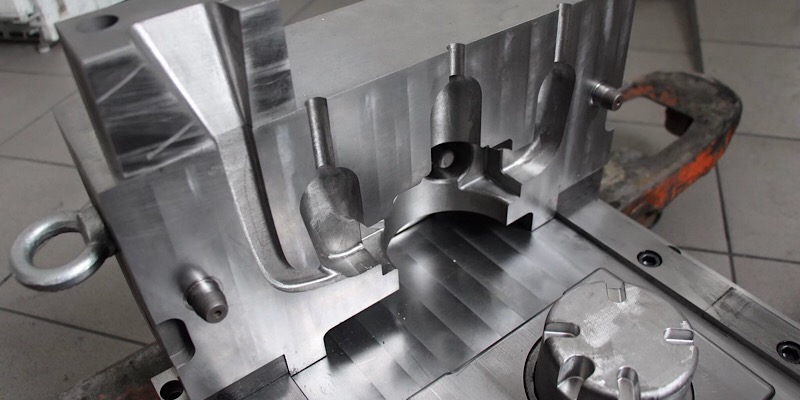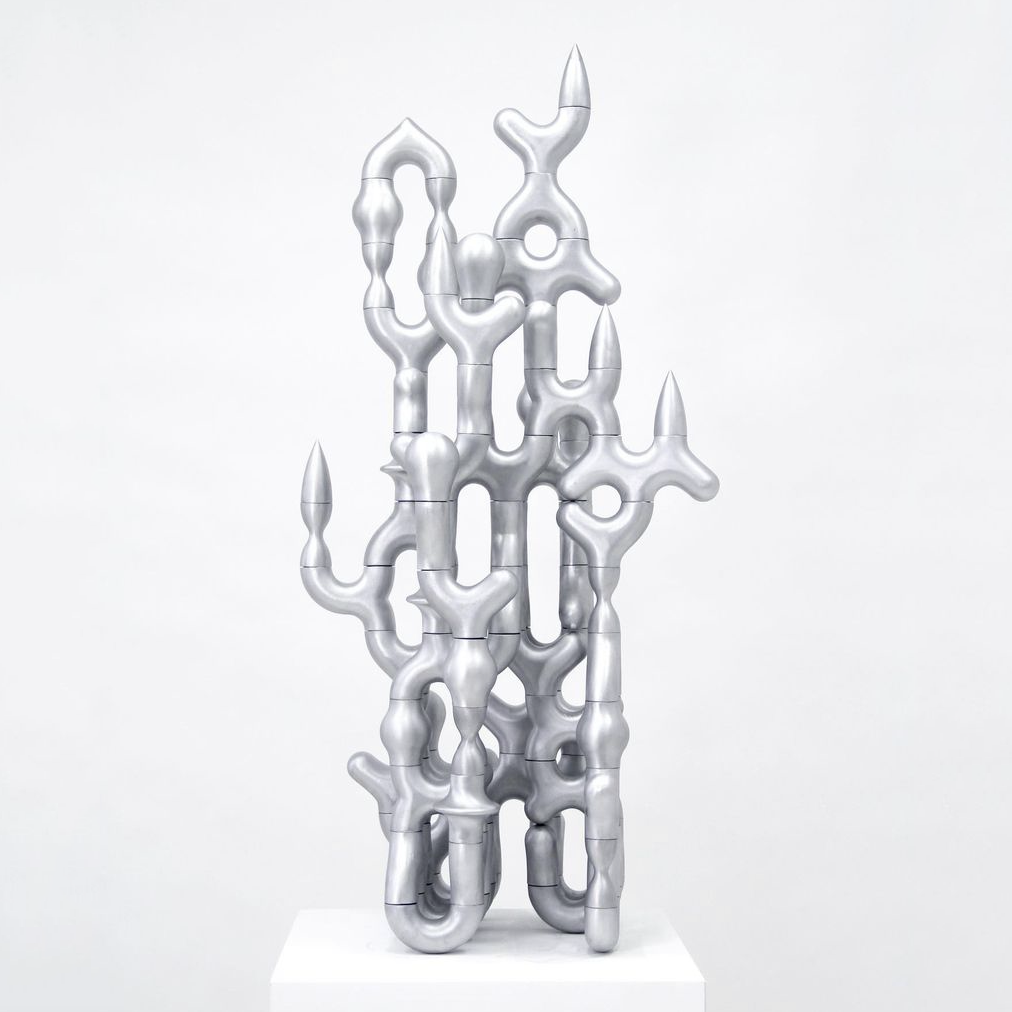The engineering behind the success of every Casting Foundry
Wiki Article
Comprehensive Guide to the Uses and Production Techniques in Light Weight Aluminum Factory Procedures
The comprehensive overview to light weight aluminum factory operations offers essential understandings into the diverse applications of aluminum throughout different markets. It systematically takes a look at crucial production strategies, thawing procedures, and molding methods that contribute to accuracy and quality. Additionally, the overview highlights the significance of ending up processes that improve both mechanical residential or commercial properties and look. Recognizing these aspects is important for anyone associated with aluminum production, elevating concerns concerning finest practices and advancements in the area.Introduction of Light Weight Aluminum Spreading Applications

Additionally, the building market gain from light weight aluminum castings in architectural components and building elements, supplying resilience and resistance to deterioration. Durable goods, such as pots and pans and appliances, also utilize aluminum spreadings for their warm conductivity and aesthetic allure. The electronic devices sector depends on aluminum for housings and warmth sinks, guaranteeing effective thermal management. On the whole, aluminum spreading's adaptability allows it to fulfill varied sector needs successfully, strengthening its relevance in modern-day manufacturing practices.
Secret Production Techniques in Light Weight Aluminum Foundry
In the domain name of aluminum shop procedures, numerous production strategies play a critical function in shaping the last items that serve diverse sectors. aluminum foundry. Secret strategies include sand spreading, pass away spreading, and investment casting, each offering distinctive benefits based on the application requirementsSand spreading makes use of a combination of sand and binder to produce mold and mildews, permitting complex geometries at lower costs. Die spreading, on the other hand, utilizes high-pressure shot of liquified aluminum right into steel mold and mildews, ensuring precision and a smooth surface finish, ideal for high-volume manufacturing. Investment spreading provides remarkable dimensional precision and surface area quality, making it appropriate for detailed layouts.
Additionally, methods such as irreversible mold and mildew spreading and gravity die casting better improve the versatility of light weight aluminum shop procedures (aluminum casting company). Each approach is picked based upon variables like manufacturing volume, part intricacy, and material properties, making sure desirable end results across various applications
Thawing Procedures and Temperature Control
Reliable melting procedures and exact temperature control are essential for accomplishing optimal aluminum factory procedures. The melting of aluminum normally includes numerous methods, consisting of crucible melting, induction melting, and rotary melting, each with its very own benefits and applications. Crucible melting is generally used for little sets, while induction melting offers effective home heating and consistent temperature level circulation.
Molding Strategies for Precision Castings
Mastering molding strategies is check it out important for creating precision castings in light weight aluminum shop procedures. Numerous approaches, such as sand, investment, and pass away spreading, play an important function in achieving preferred tolerances and surface coatings. Sand casting, as an example, utilizes a combination of sand and binder to develop mold and mildews, enabling huge elements and elaborate layouts. Investment casting, on the various other hand, makes use of wax patterns that are coated in ceramic product, leading to extremely outlined and precise forms. Pass away casting uses high-pressure shot of molten light weight aluminum into steel molds, ensuring constant dimensions and fast production prices.Each method has its advantages and is selected based upon variables such as complexity, volume, and mechanical homes needed. Effective mold style, consisting of venting and gating systems, further enhances the top quality and precision of the completed item. Recognizing these molding techniques allows shops to meet certain industry demands and boost general operational effectiveness.
Ending Up Processes to Improve Aluminum Parts
Completing procedures play an essential duty in improving the efficiency and aesthetics of aluminum parts. These processes, which adhere to casting, goal to boost surface area top quality, rust resistance, and mechanical residential or commercial properties. Typical methods consist of machining, which refines measurements and surface area finish, and polishing, which boosts visual allure by producing a smooth, reflective surface.Plating is one more substantial process, offering a long lasting oxide layer that safeguards versus wear and rust while enabling shade modification. Additionally, powder finish offers a large range of shades and finishes, ensuring both defense and visual enhancement.
In many cases, elements might go through shot blowing up to boost and eliminate pollutants attachment for succeeding finishings (Aluminum Casting). Overall, these completing procedures are important for optimizing the functionality and life expectancy of aluminum parts, making them suitable for varied applications across numerous markets
Frequently Asked Concerns
What Safety And Security Procedures Are Required in Light Weight Aluminum Foundry Workflow?
In light weight aluminum shop operations, crucial precaution include individual safety equipment, proper ventilation, fire avoidance protocols, routine devices upkeep, training for employees on dangers, and my site preserving clear emergency situation treatments to ensure a risk-free workplace.How Do Ecological Laws Impact Aluminum Foundries?
Ecological guidelines significantly influence aluminum factories by enforcing criteria for discharges, waste management, and source intake. Conformity frequently necessitates investments in cleaner innovations and processes, ultimately influencing operational prices and production efficiency within the industry.What Occupation Opportunities Exist in Light Weight Aluminum Factory Workflow?
Various profession opportunities in aluminum shop procedures consist of duties such as factory specialist, mold developer, quality assurance inspector, procedure designer, and production manager, each contributing to effective production and ingenious procedures within the market.Exactly How Is Quality Assurance Achieved in Light Weight Aluminum Spreading?
Quality assurance in light weight aluminum spreading is achieved with extensive inspections, standardized screening treatments, and making use of innovative technologies. Normal surveillance of temperature level, composition, and dimensional precision guarantees products fulfill defined criteria and customer needs.What Are the Typical Defects in Light Weight Aluminum Castings and Their Causes?
Usual issues in aluminum spreadings consist of surface area, shrinking, and porosity roughness. Causes often stem from improper mold layout, inadequate putting techniques, and contamination, influencing the total integrity and efficiency of the last item.The substantial guide to aluminum shop operations provides vital understandings right into the diverse applications of light weight aluminum throughout numerous markets. Light weight aluminum casting plays an essential function in different industries due to its versatility and favorable properties. Die spreading, on the various other hand, utilizes high-pressure injection of molten light weight aluminum right into steel molds, making certain accuracy and a smooth surface area finish, suitable for high-volume production. Additionally, techniques such as irreversible mold casting and gravity die you could try this out casting better enhance the adaptability of light weight aluminum factory operations. Mastering molding techniques is crucial for creating precision spreadings in light weight aluminum shop operations.
Report this wiki page